Use of ICT for Community Building Actions Towards the Reactivation of Urban Heritagescapes in South European Cities
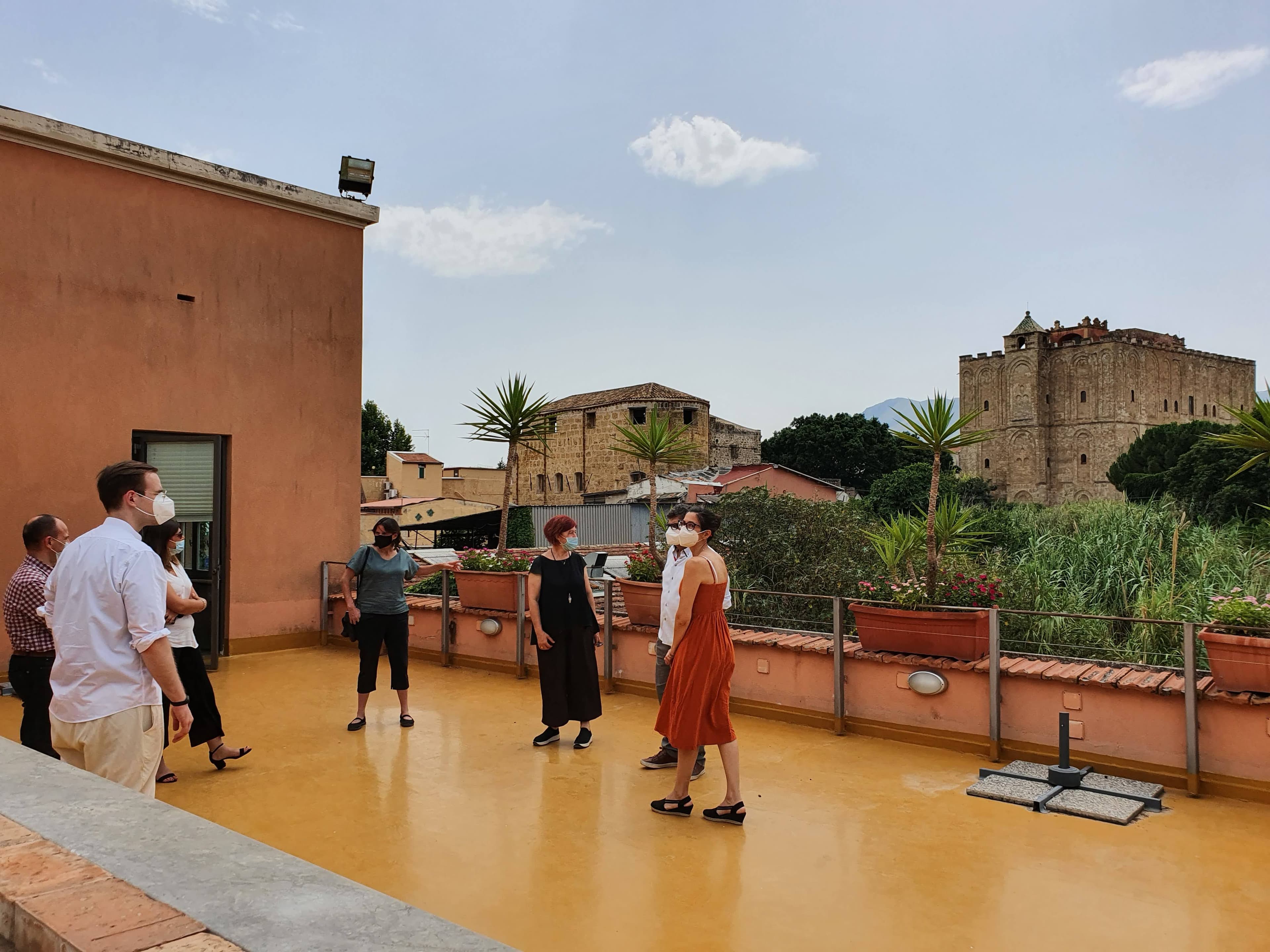
UDigiSH, the DARIAH Working Group on “Digital Practices for the Study of Urban Heritage”, organised a public space co-creation workshop with the title “Everyday experiences and heritage in southern European cities: Digital tools and practices”, that was held at Cantieri Culturali della Zisa, Palermo, 25-30 July 2021.
This Dariah Campus resource contains the presentations, discussions, and materials made for the workshop.
About this event
Workshop Abstract
Challenged by urbanization, economy, gentrification, migration, and climate change the experience of historical spaces and buildings is fragmented, thus mirroring the disconnected perception of urban societies. This Dariah workshop studied how urban heritage and the abundance of culturally valuable structures in historic cities across Europe can contribute to reflective processes and the creation of legible, inclusive, accessible, resilient and enjoyable cities.
The workshop aimed to offer to authorities and policy makers of the city opportunities for data-driven consultation actions that engage:
- Cultural Heritage institutions;
- Scholars and researchers in Digital Humanities;
- City stakeholders;
- Professional associations;
- Urban communities and citizen groups
Learning Objectives
Participatory Design: Learn how community-building projects can engage local stakeholders, pull insights from diverse perspectives, and influence urban redevelopment authorities.
Urban Theory: Hear state-of-the-art theories and approaches to sustainable heritage, with reflections from experienced architects, academics, and urban thinkers. Identify critical issues of urban gentrification, place-making, and the pressures faced by historic urban neighbourhoods in Southern Europe.
Information-Communication Technology: See state-of-the-art technologies deployed for rapid 3D reconstruction, documentation, and urban co-design with non-experts. We specifically explore augmented reality as a possible solution to scalable public outreach.
1.Introduction
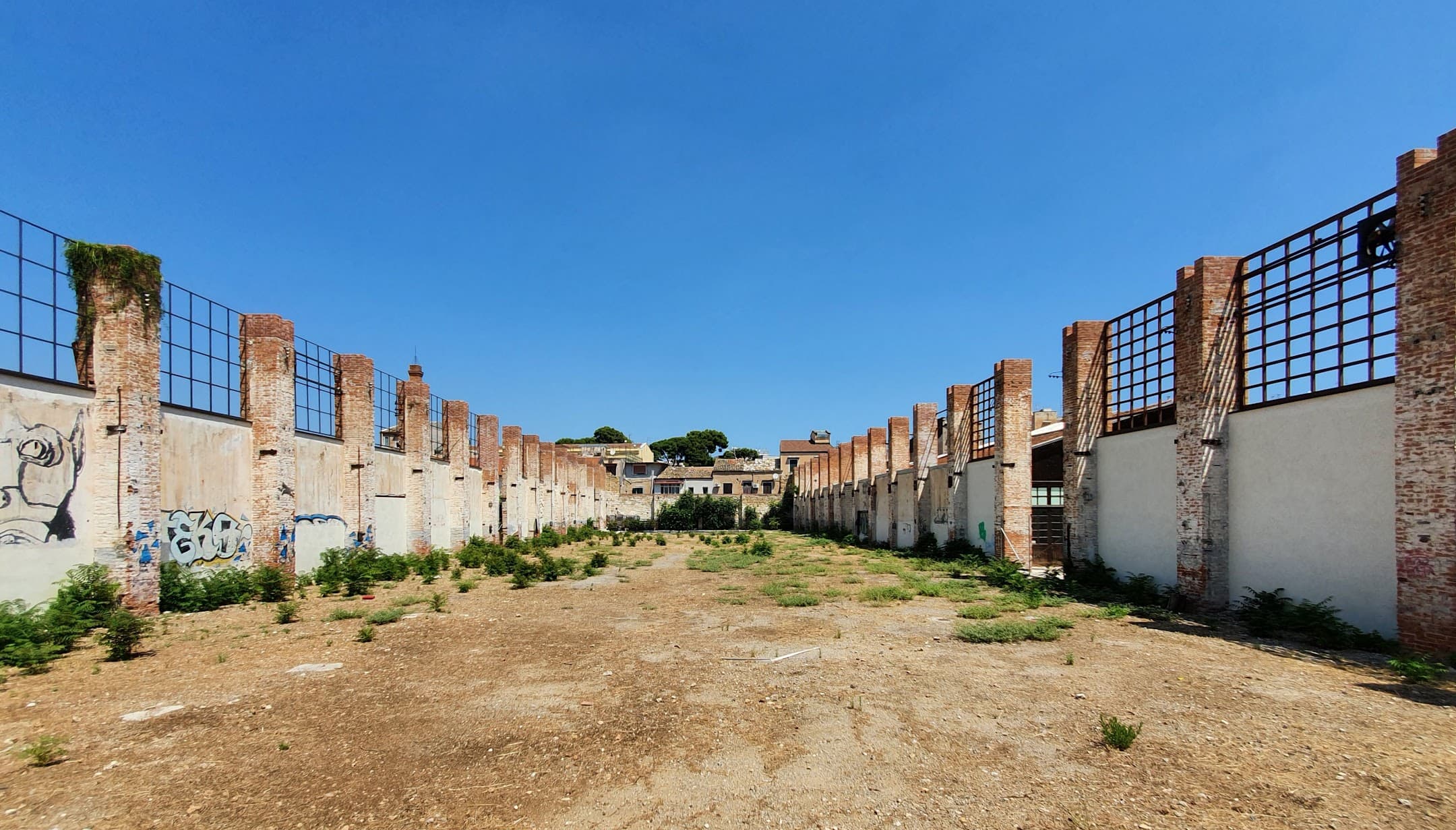
The spaces considered for reclamation were the roofless remains of a 20th century furniture factory.
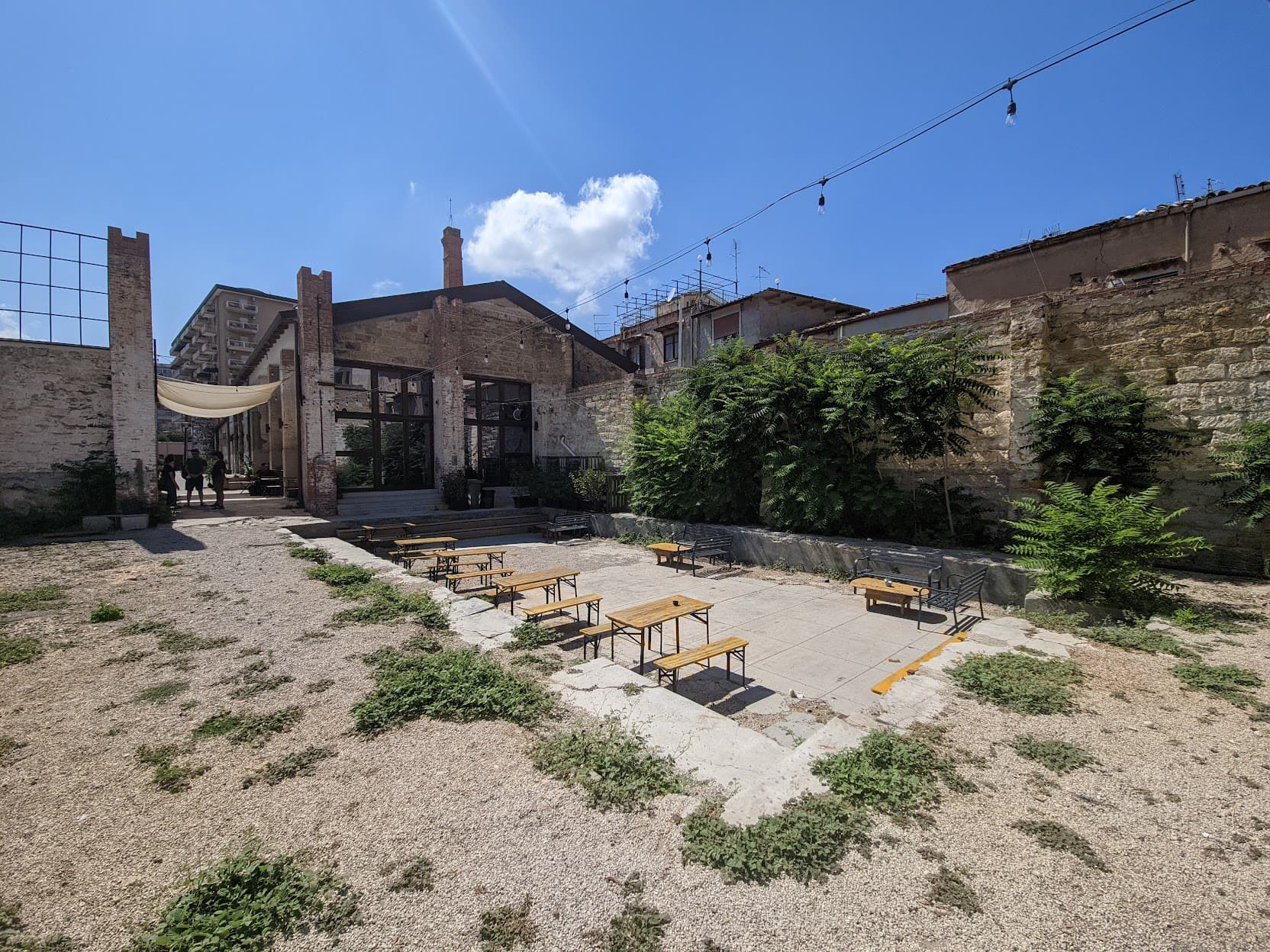
The site backs directly into Cre.Zi.Plus, a coworking space, cafe, and event venue for the campus.
Learning Objectives
Participatory Design: Learn how community-building projects can engage local stakeholders, pull insights from diverse perspectives, and influence urban redevelopment authorities.
Urban Theory: Hear state-of-the-art theories and approaches to sustainable heritage, with reflections from experienced architects, academics, and urban thinkers. Identify critical issues of urban gentrification, place-making, and the pressures faced by historic urban neighbourhoods in Southern Europe.
Information-Communication Technology: See state-of-the-art technologies deployed for rapid 3D reconstruction, documentation, and urban co-design with non-experts. We specifically explore augmented reality as a possible solution to scalable public outreach.
2.Use of ICT for Community Building Actions. Towards the Reactivation of Urban Heritagescapes in South European Cities
Presentation by Dr Georgios Artopoulos
3.Making Things Happen - Greener
Presentation by Dr Carlos Smaniotto
4.Social Resilience in Urban Contexts
Presentation by Dr Gaia Redaelli
5.Extending Wikar AR for CoDesign Programmes
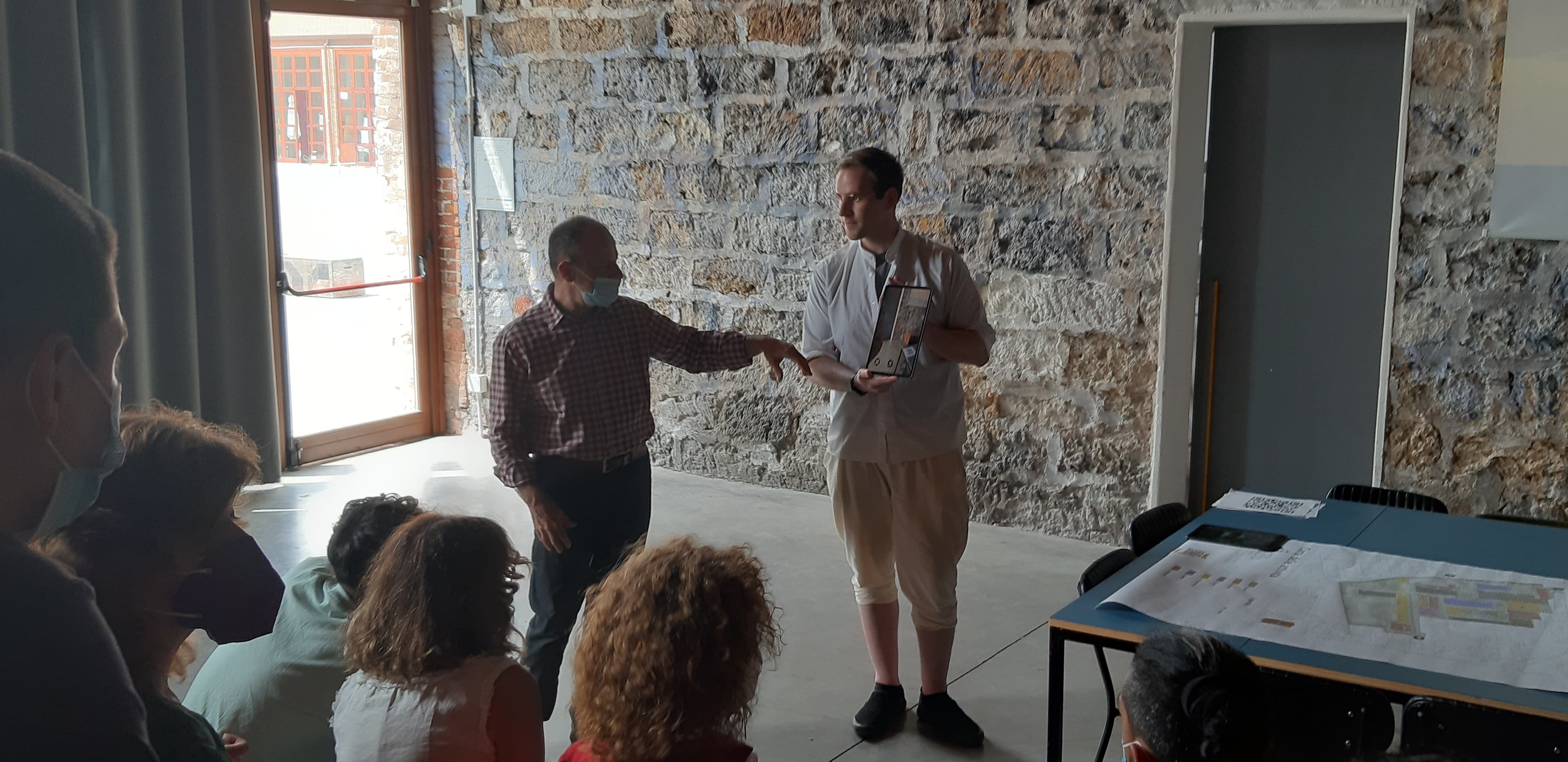
Demonstrating Wikar’s AR interface to workshop participants.
Data collection and co-creation was facilitated by the use of citizen volunteered geolocation software (readily available to the participants by the organisers), such as DEUSTO Tech DARIAH app. A separate mobile augmented-reality app, WIKAR, was used to facilitate a participatory project development processes. With this tool, workshop participants could visualize various project proposals directly projected in the real spaces subject of the project through their iOS and Android mobile devices.
Video recording of Wikar AR proposal visualization on site.
Presentation by Colter Wehmeier
6.Crowdsourcing Data-Driven Action with DARIAH APP
Presentation by Dr Alfonso Bahillo Martinez
7.Closing and Credits
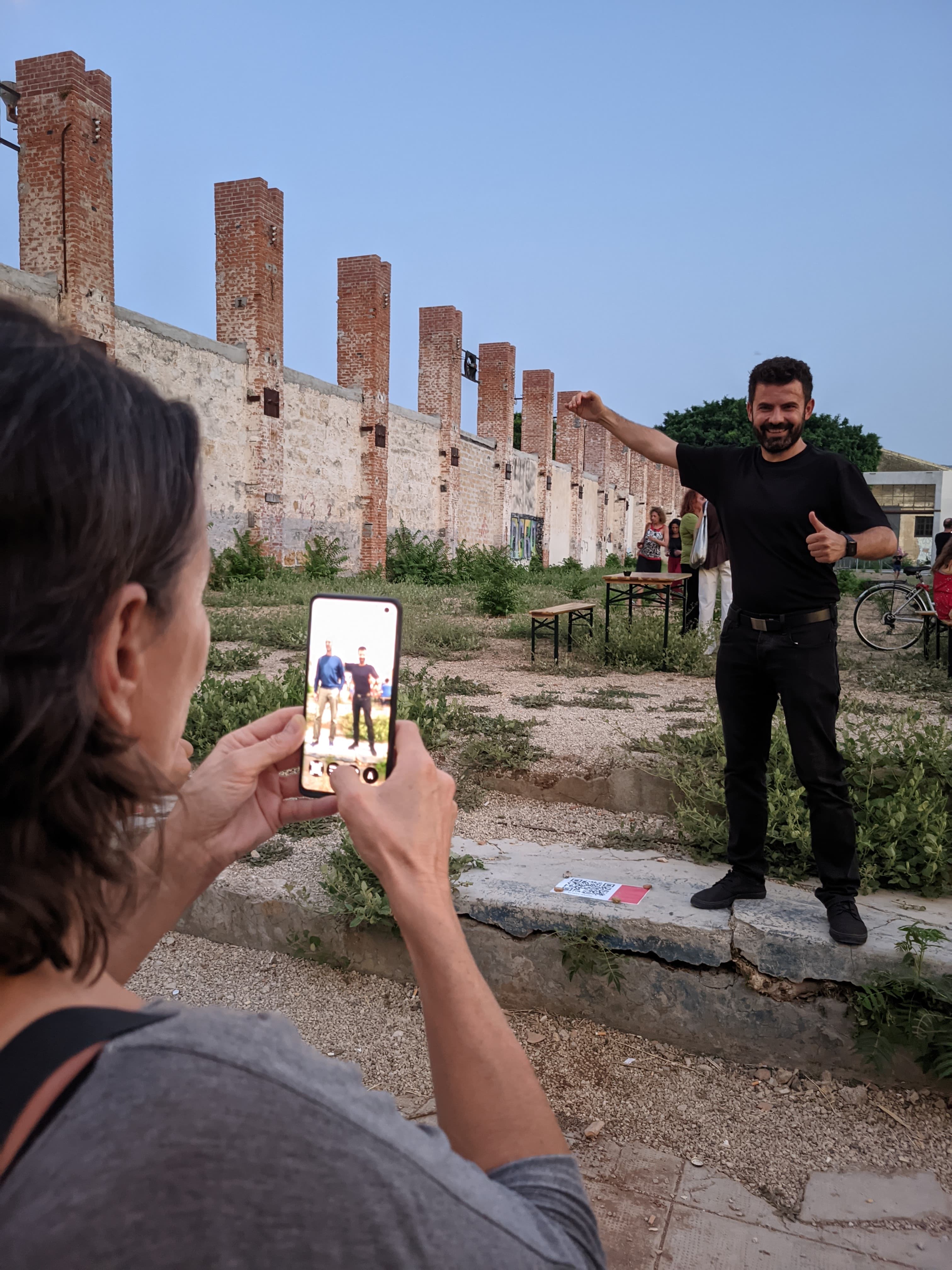
“The Pavilion – Erwin Wurm Palermo” Production: Jürgen Weishäupl. Immersive AR art with Wikar AR.
Production:
- Advanced Visualisation Lab, of the National Centre for Supercomputing Applications at the University of Illinois at Urbana-Champaign
- The Cyprus Institute
- DARIAH uDIGISH Working Group
- Cre.Zi.Plus
- INSULA ass. cult.
- BEAMY.space
- ART Festival Palermo
With the contribution of:
- Austrian Ministry of Culture
- Region Sicily
- City of Palermo
This work has been supported by the DARIAH ERIC.
